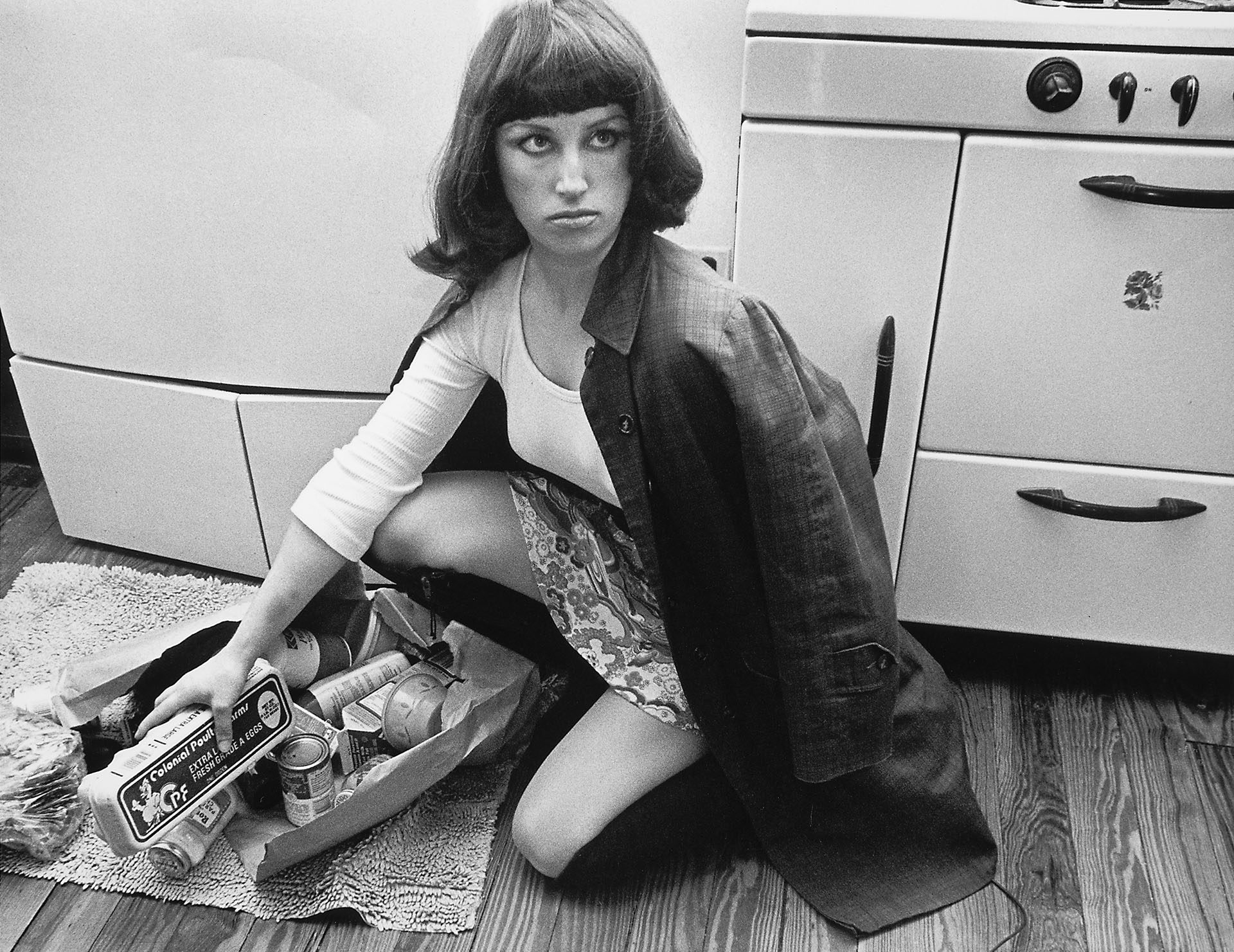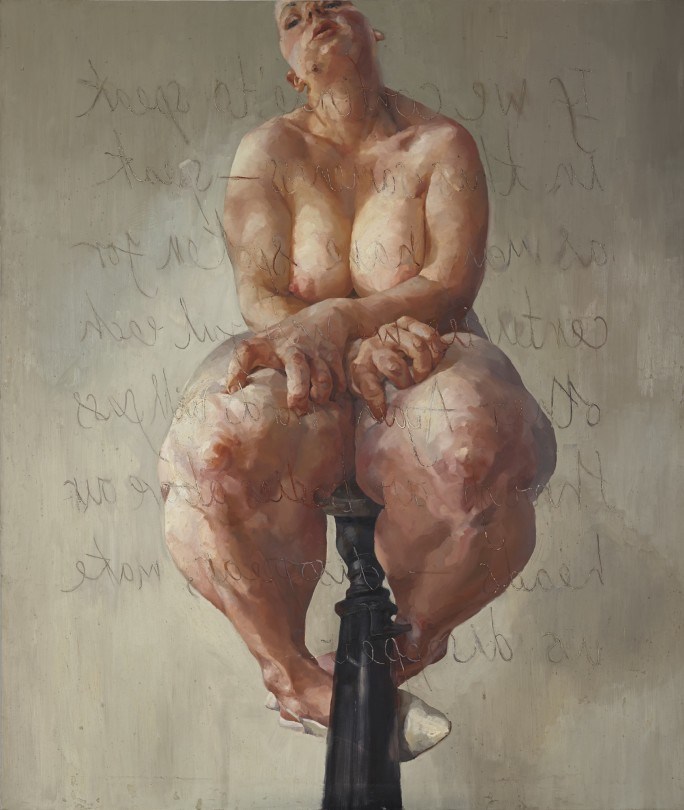The team behind Sotheby’s Mei Moses Index recently published a report showing that over the past six years, works by female artists that have returned to auction have seen price gains of 72.9% versus 8.3% for works by men.
Source: Art Agency, Partners Where Women Outpace Men in the Market
We at Artnome were not surprised by this. Our core thesis for finding value in the art market has long been that the market will see a dramatic correction for the massive institutionalized gender and racial bias that has been baked into it from its inception. We believe this correction will be largely driven by socially progressive Millennials and Gen Z’ers who are the first to widely recognize that gender and race have no bearing on artistic skill and ability.
What we did find surprising and disappointing was the explanation for the trend in rising value for art by women given by the report put out by Art Agency Partners. The report suggests that the reason more collectors were buying art by women was that all the good work by male artists was taken. In explaining “What Happened and Why,” the report specifically offers up this theory:
When the market runs out of art produced by its superstars, it tends to move onto related areas for supply.
Jenny Saville, Propped (1992) Sold for $12.4 million
At first I thought I was being a bit too sensitive here. It is not like the report was literally suggesting the main reason collectors would buy a painting by an amazing female artist like Jenny Saville is because there were simply not enough paintings by male “superstars” like Francis Bacon and Lucian Freud, right?
Oh, but then I read on, and it couldn’t be more clear that that is exactly what the report is trying to suggest.
Meanwhile, as supply of their (Francis Bacon and Lucian Freud) major paintings has become restricted, buyers who feel priced out might be tempted by the psychologically charged, fleshy paintings produced by the younger, female British artist Jenny Saville.
There’s lots wrong with this. First off, positioning Jenny Saville as a consolation prize or last resort for those who can’t acquire work by Francis Bacon and Lucian Freud implies her work is inferior. We would not accept this type of comparison in other industries. For example, when Marry T. Barra was named CEO of GM, it would have been absurd and insulting to suggest it must have been due to scarcity of male CEO candidates. So why should this same logic be acceptable in the art world?
Worse, it turns out the number of works at auction by Bacon and Freud has actually increased over the last three years, and during that same time period, paintings by Saville have been as or more scarce at auction.
Supply of works at auction priced at at $100K or more.
So the idea that Saville’s work is somehow abundant and can fill in the gaps for the Bacon and Freud markets is off base. In fact, it looks to me like the report has it backwards. If you can’t collect one of the few Saville paintings available at auction, you may be stuck bidding on a Bacon or a Freud instead as a consolation.
Helen Frankenthaler, Blue Reach , 1978. Sold for $3 million
Lee Krasner, Joan Mitchell, and Helen Frankenthaler have all set new records at auction in recent years. At Artnome we would suggest this is a market correction for these amazingly talented artists who have been dramatically undervalued by an antiquated art world built on severe gender bias. The report, however, suggests it may be because of a tiny dip in the supply of Jackson Pollock and Willem de Kooning paintings:
Take Abstract Expressionism. Supply is dwindling for premium examples of the most sought-after works, such as those by Jackson Pollock and Willem de Kooning. Between 2016 and 2018, seven works by Pollock were sold and 26 by De Kooning, a dip on the previous two years, in which 11 and 35 works were sold, respectively, according to data from artnet.
Subsequently, the market (dealers and auction houses alike) have begun to focus buyers’ attentions on the work of their more historically overlooked or undervalued contemporaries, notably Joan Mitchell and Helen Frankenthaler.
Right, so you’re telling me that Krasner, Mitchell, and Frankenthaler all recently broke their personal records for sales at auction not because they are amazing and because society is becoming more progressive, but instead because there were four fewer Pollock paintings available in a two year period?
Joan Mitchell, Blueberry (1969-70) set a $16.6m record for the artist at Christie’s New York last year.
There are 499 female artists in Mei Moses All Art-Female (AAF) index which includes 2,472 repeat sales. Are we to write off the dramatic increase in value seen across the entire All Art-Female index as somehow being the result of a supply shortage in art by men? I am not buying it.
Lee Krasner’s The Eye Is the First Circle, 1960, sold for $11.7 million.
In fact, if you just cherry pick a handful of male Abstract Expressionist artists and the time frame you are looking at, you can tell pretty much any story you want.
I used MutualArt to look at the supply of paintings at auction by Pollock, de Kooning, and six other male Abstract Expressionist artists over the last four years. Remember, this coincides with the precise time period in the report where prices for art by women really started to outshine their male counterparts.
Supply of works at auction priced at at $100K or more.
I learned that while the supply of work at auction by de Kooning was down slightly (but still relatively abundant), work by other male Abstract Expressionist painters, including Pollock, has actually risen in the last two years. So there is actually no reason to believe a “shortage” of work by male Abstract Expressionists drove the record-breaking sales and rising value of art by female Abstract Expressionist painters at all.
Unfortunately, the way the mainstream art world media works, most major art news outlets just passed on the explanation directly from the report without questioning or challenging it. According to coverage of the report in Penta, a subsidiary of Barron’s:
One reason works by female contemporary artists are doing so well is those by their male peers are getting scarcer, the firm said.
The Art Newspaper passes on the example of the Abstract Expressionists, stating:
…for instance, in the Abstract Expressionist market, a dearth of works by male artists such as Jackson Pollock and Willem de Kooning has coincided with a new focus on Joan Mitchell and Helen Frankenthaler.
Likewise, articles from Artnews and Artnet fail to challenge the report’s assumptions that the success of female artists must be driven by a lack of work by men.
Yes, men still dominate the art auction market by volume and price. But the real reason art by women accounts for just 10% of work sold at auction and just 7% of the value created at auction is that the art world has long harbored misogynistic views that have held women back from having their work valued on an equal playing field.
And the real reason work by female artists is rising faster than the work by men is because it is just as good but has been greatly undervalued as a result of systemic gender bias.
Georgia O’Keeffe, Jimson Weed/White Flower No. 1 (1932) sold for $44.4 million
What is especially sad in this instance is that some rare positive news on the growth of the market for art by women was instantly attempted to be explained away. Leading with the explanation that there must be a lack of work by men instead of recognizing the overlooked merit of female artists and the progress we are making as a society only serves to further perpetuate gender bias in the art market.
To be clear, I believe the authors of the report mean well and have good intentions. But I was not comfortable letting this explanation proliferate unchallenged as I believe it is both unfair and incorrect.
It is great to see data showing rising prices of art by women - but sad to see a biased interpretation of the data robbing female artists of the credit for this long overdue market correction.










